Potosi, located at the foot of the Cerro Rico at an altitude of over 4,000 metres has been declared a UNESCO World Heritage Site since 1987.
So how many days should you spend in Potosi? Because at least one day is required to acclimatize in Potosi, it is recommended that you spend at least 3 days in Potosi. There are several things to see and do in Potosi.
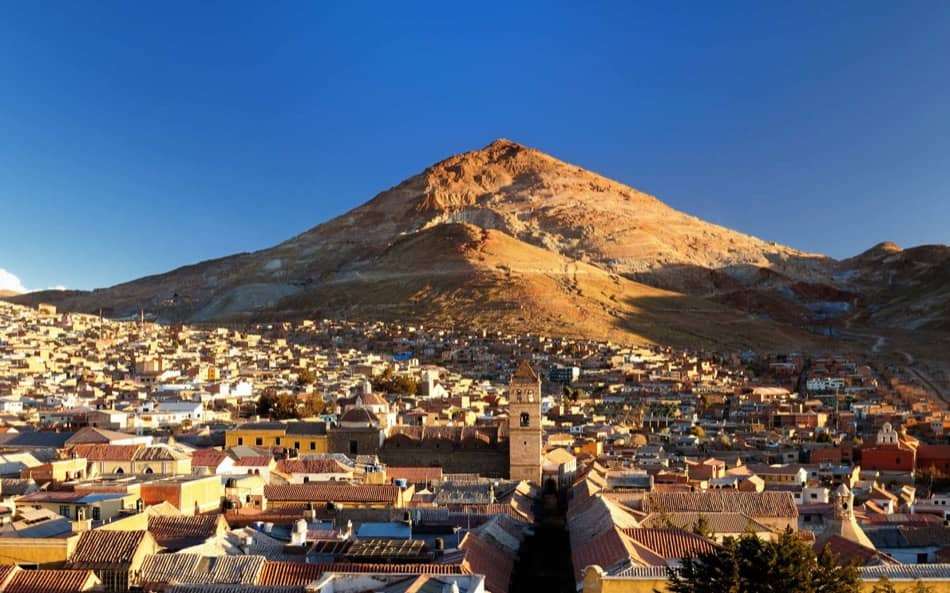
These are the must visit places in Potosi:
- The National Mint
- The Cerro Rico
- Church of San Lorenzo de Carangas
- Plaza 10 de Noviembre
- Potosi Cathedral
- Convent and Temple “San Francisco” of Potosi
- Santa Teresa Convent Museum
Potosi is a city that can be visited on foot, for the more remote areas you can use public transport or a taxi.
It is safe to walk around Potosi during the day and at night, but you should always be careful with your belongings.
This post will help you decide how to get to Potosi.
Here's a list of the best hotels in Potosi.
Contents
Things To See in Potosi
The National Mint
Without a doubt, the National Mint is the most important place to visit in Potosi to understand the influence that the city of Potosi had in the history, not only of Bolivia, but of the world.
Many slaves (both indigenous and African) worked inside, minting coins with the silver that was extracted from Cerro Rico. You can see models, objects, relics, old coins, and hear a lot of stories with all kinds of heroes and villains. You will learn how silver coins were minted, first by hand, then with steam engines and later with electric machinery.
The museum is open from Tuesday to Saturday, from 9am to 12pm and from 2:30pm to 6:30pm. Be careful, on Sundays it is open until 12 noon.
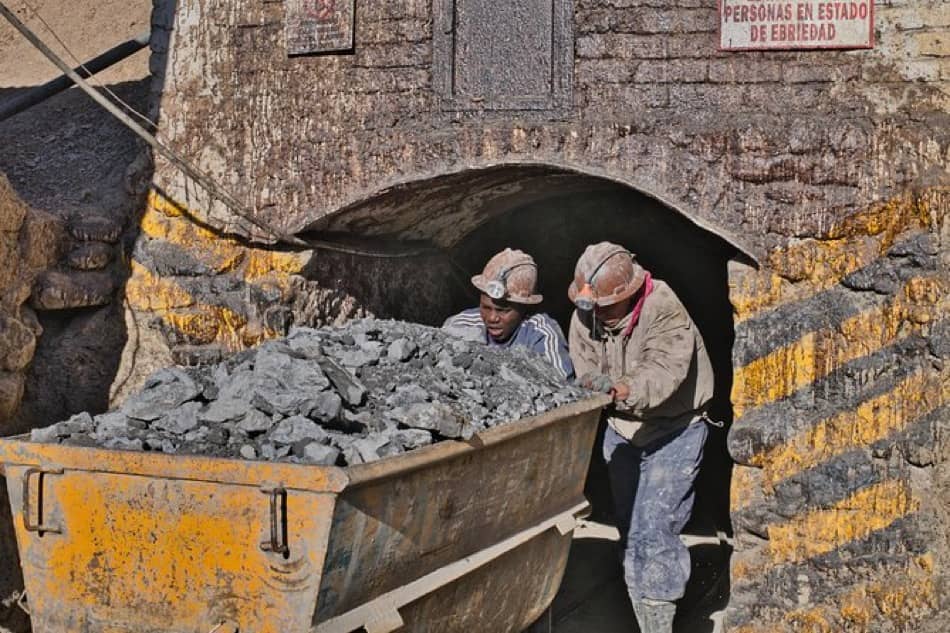
The Cerro Rico
Known in Quechua as Sumaq Urqu or ‘beautiful hill’, Cerro Rico has an altitude of 4,800m. The mine that can be visited today is Pailaviri which is divided into 17 levels that can be accessed by an elevator. It is approximately 240m deep.
As you know, Bolivian culture is very superstitious. Shortly after entering the mine, before you start digging into the depths, you will see the “Tio”, a representation of the devil who is supposed to be the owner of the underworld and to whom you have to give offerings in order to get the silver out of his mine.
Church of San Lorenzo de Carangas
San Lorenzo de Carangas is a church which was previously known as La Anunciación. Along with the church of Santa Barbara it was one of the first to be built, and another must-see place to visit in Potosi.
Historians say that this church of San Lorenzo de Carangas dates from the mid-sixteenth century. The greatest remodelling corresponds to the 18th century, when the dome was raised and the façade was finished, with a clear baroque-mixed touch.
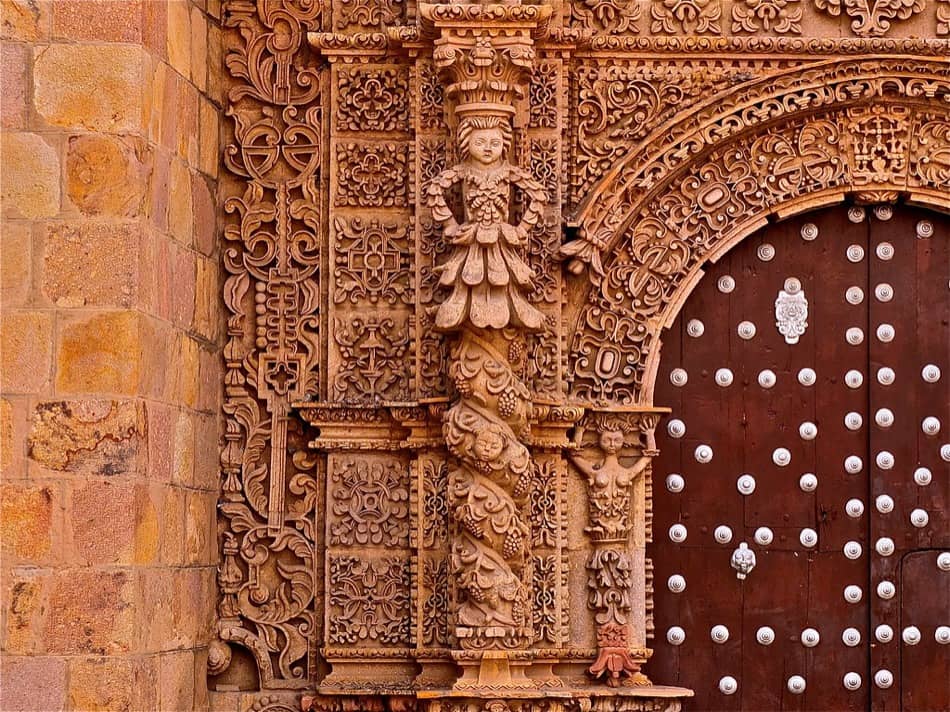
10 de Noviembre Square
The 10 de Noviembre Square is the center of the city of Potosi and very close to the rest of tourist places like the Mint. The sides of the square have the Town Hall building and the Governor’s Office. Both are colonial buildings that are very characteristic of the city of Potosi.
Don’t forget to visit the square in the morning to try some fresh juices, or some delicious salteñas (Bolivian empanadas).
Potosi Cathedral
The Cathedral Basilica of Our Lady of Peace (Potosi), the Cathedral of the Imperial Village of Potosi or the Basilica of Potosi are the same. It has several names, but it is the building that we found in the same Plaza 10 de Noviembre that we have reviewed just now.
The cathedral is actually a minor basilica with a viceregal baroque style and neoclassical influence with a stone façade. Its origins date back to the beginning of the 19th century
Legend has it that the Cristo de la Vera Cruz, venerated inside, appeared in a box outside the church. And his hair and beard are growing. Every September 14th there is a ceremony to cut it off.
The convent is the oldest in Bolivia and the price to enter is a couple of dollars, 15 bolivianos.
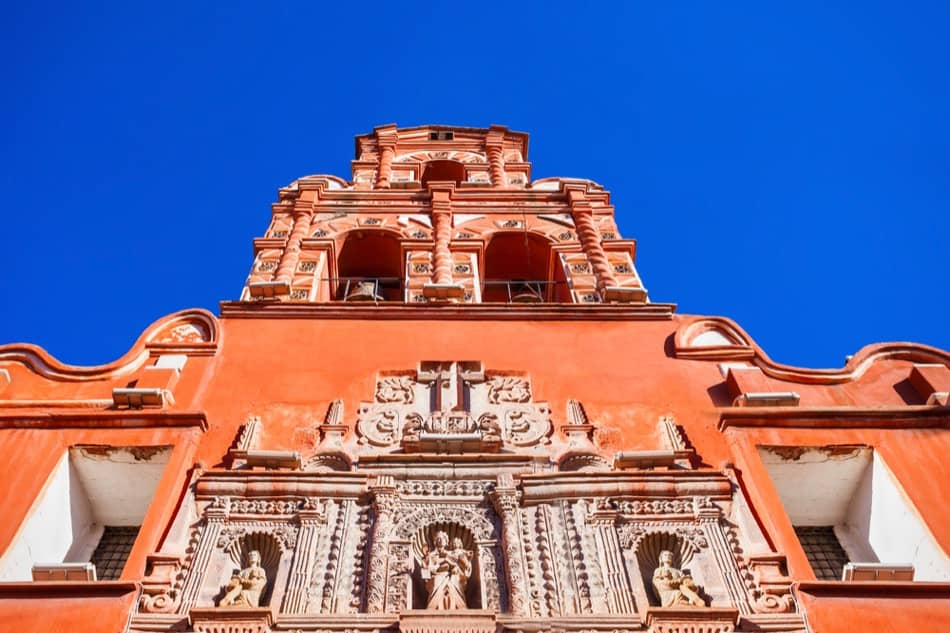
Santa Teresa Convent Museum
This Spanish style convent has a beautiful courtyard. Here you can learn about the life of the cloistered nuns. Although it is not the most essential place to visit as a tourist in Potosi, it is worth going there to have a look.
Open from 9am.
If you have any doubts, feel free to ask in a comment below. Also remember to read the rest of the articles that have recommendations, routes, and advice of all kinds to get the most out of one of the most impressive countries in the world.
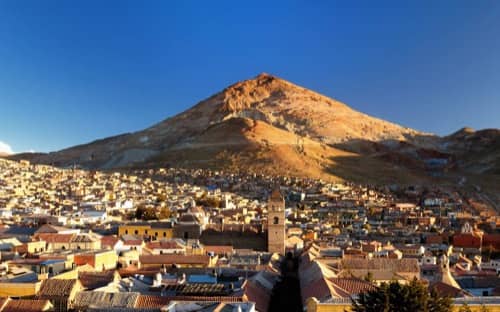

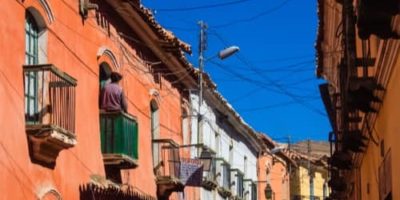






















Leave a Reply
You must be logged in to post a comment.